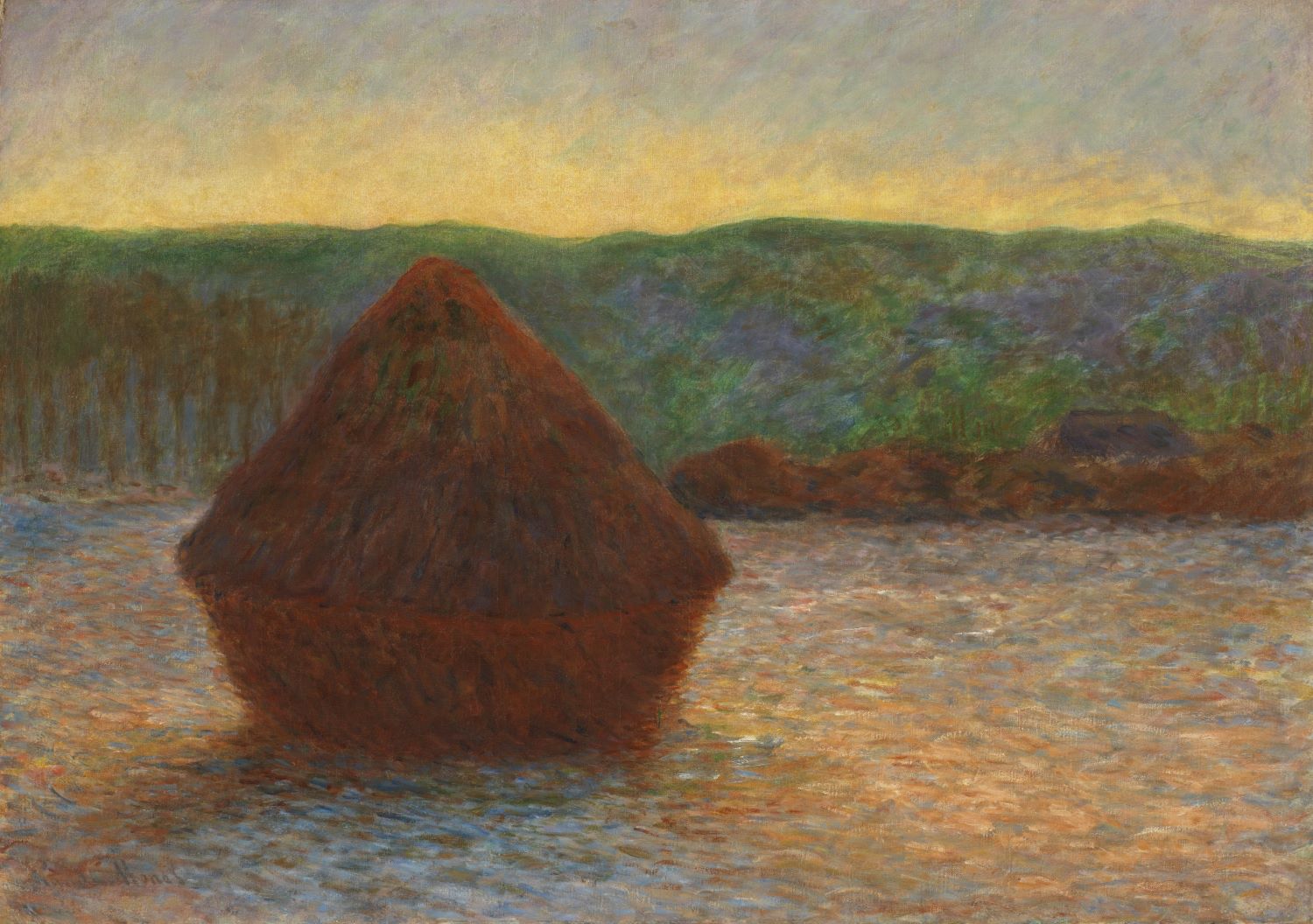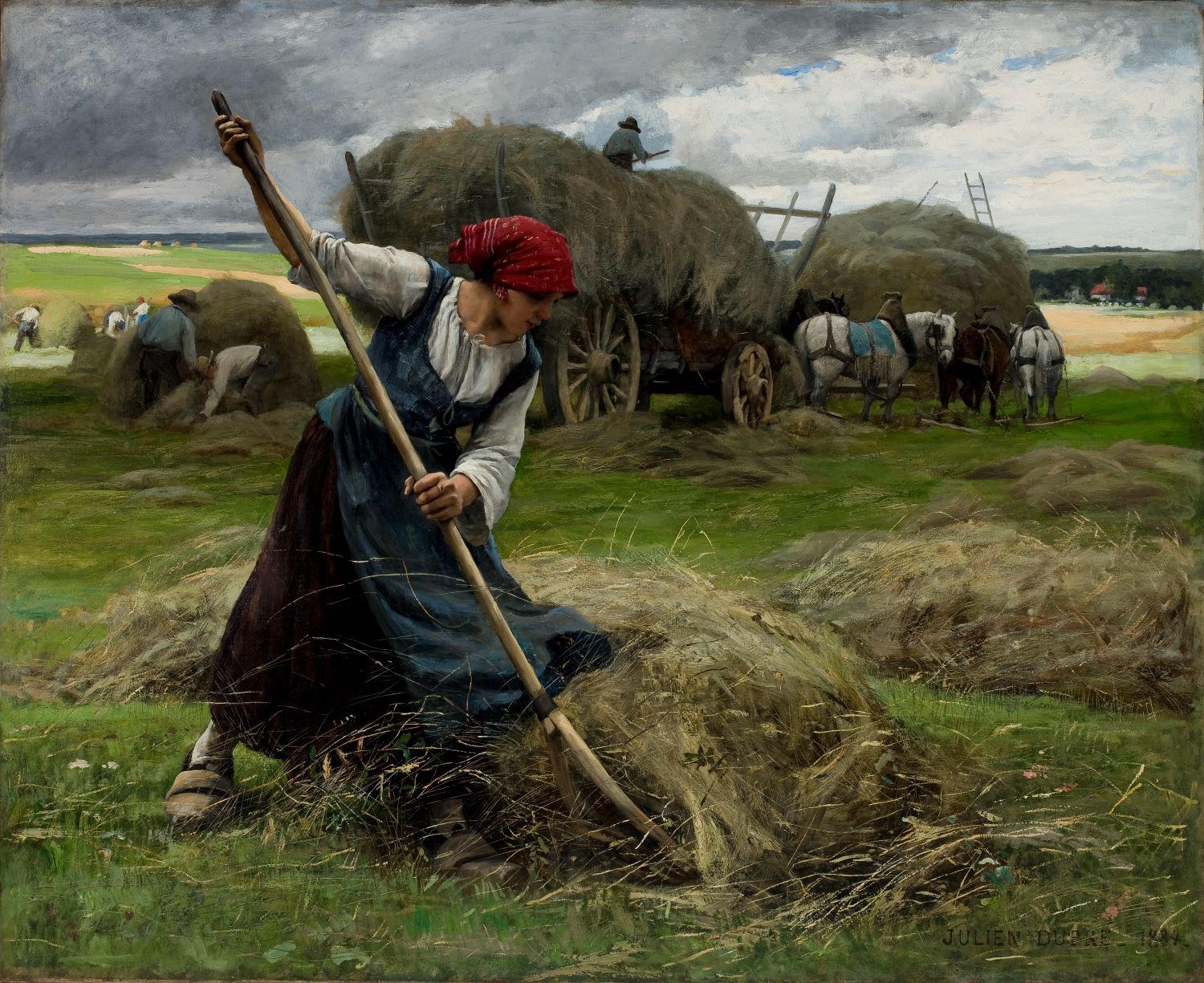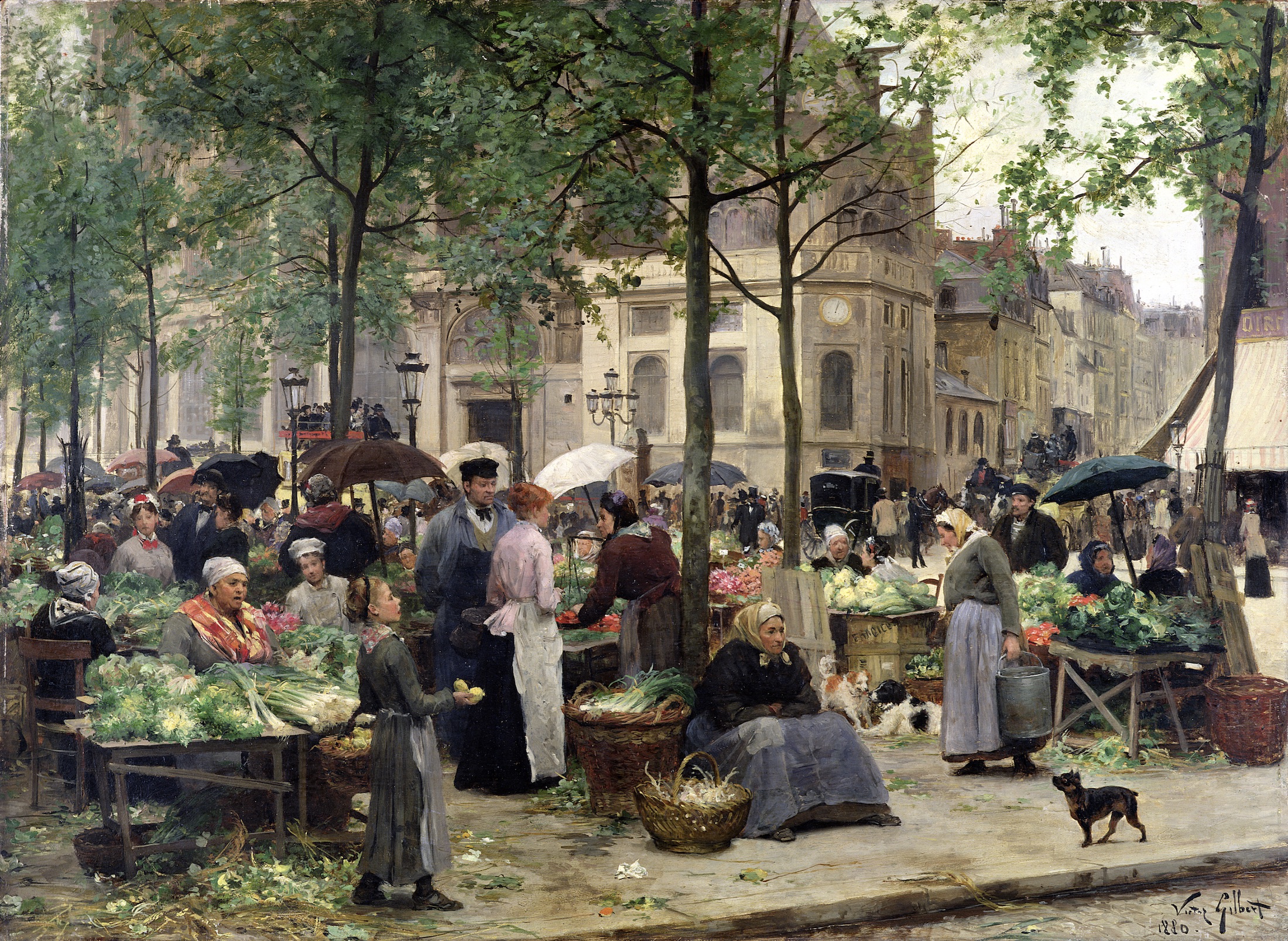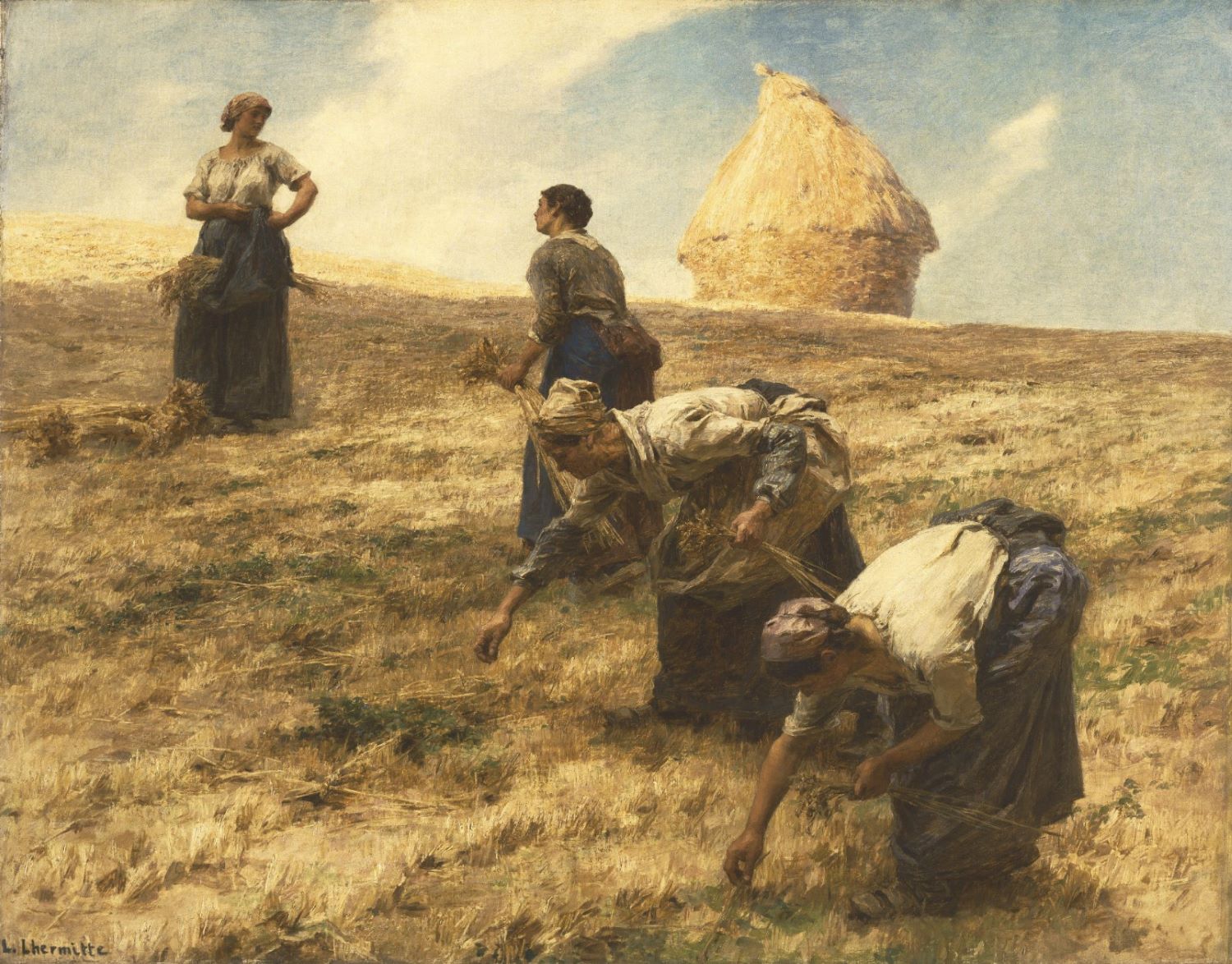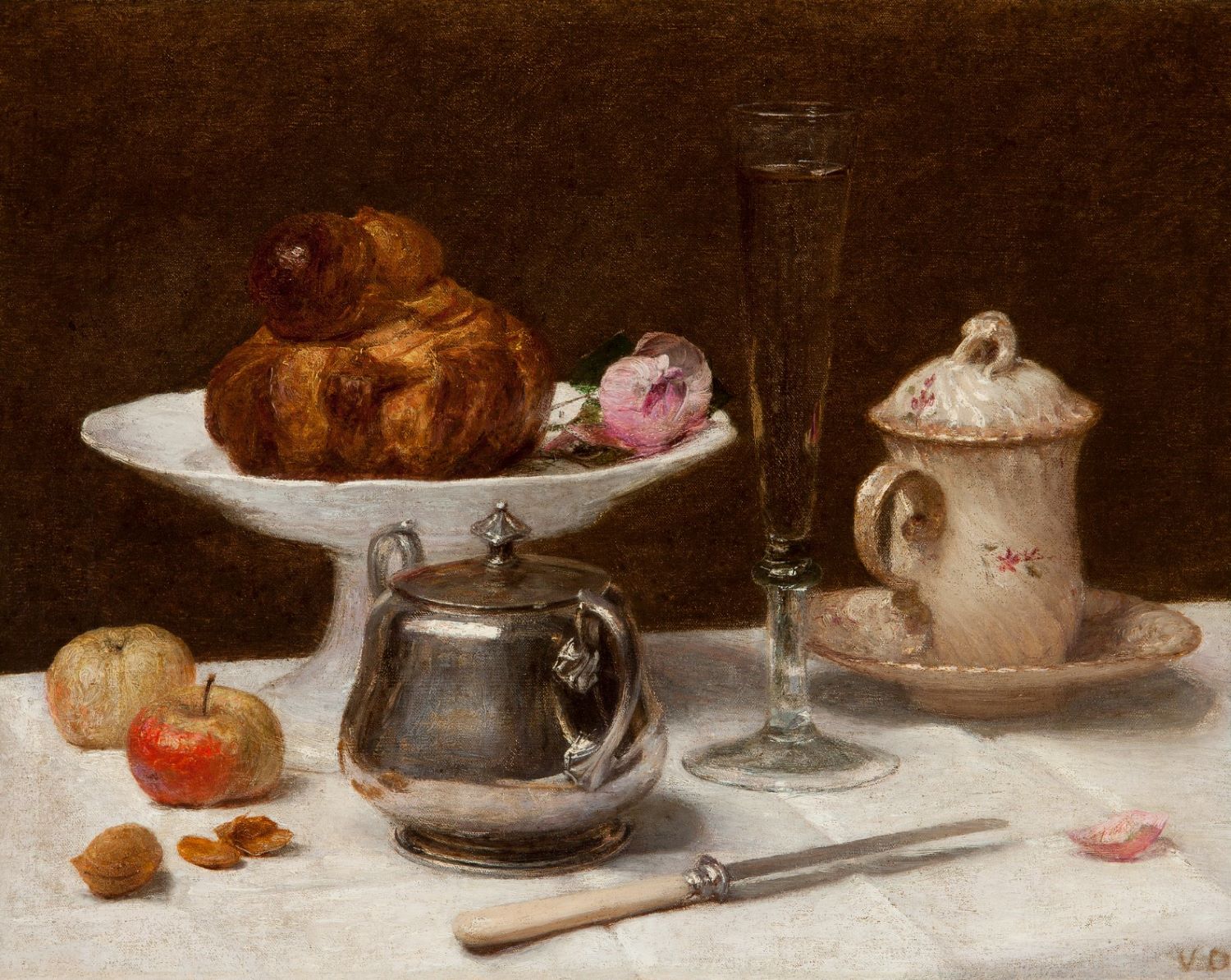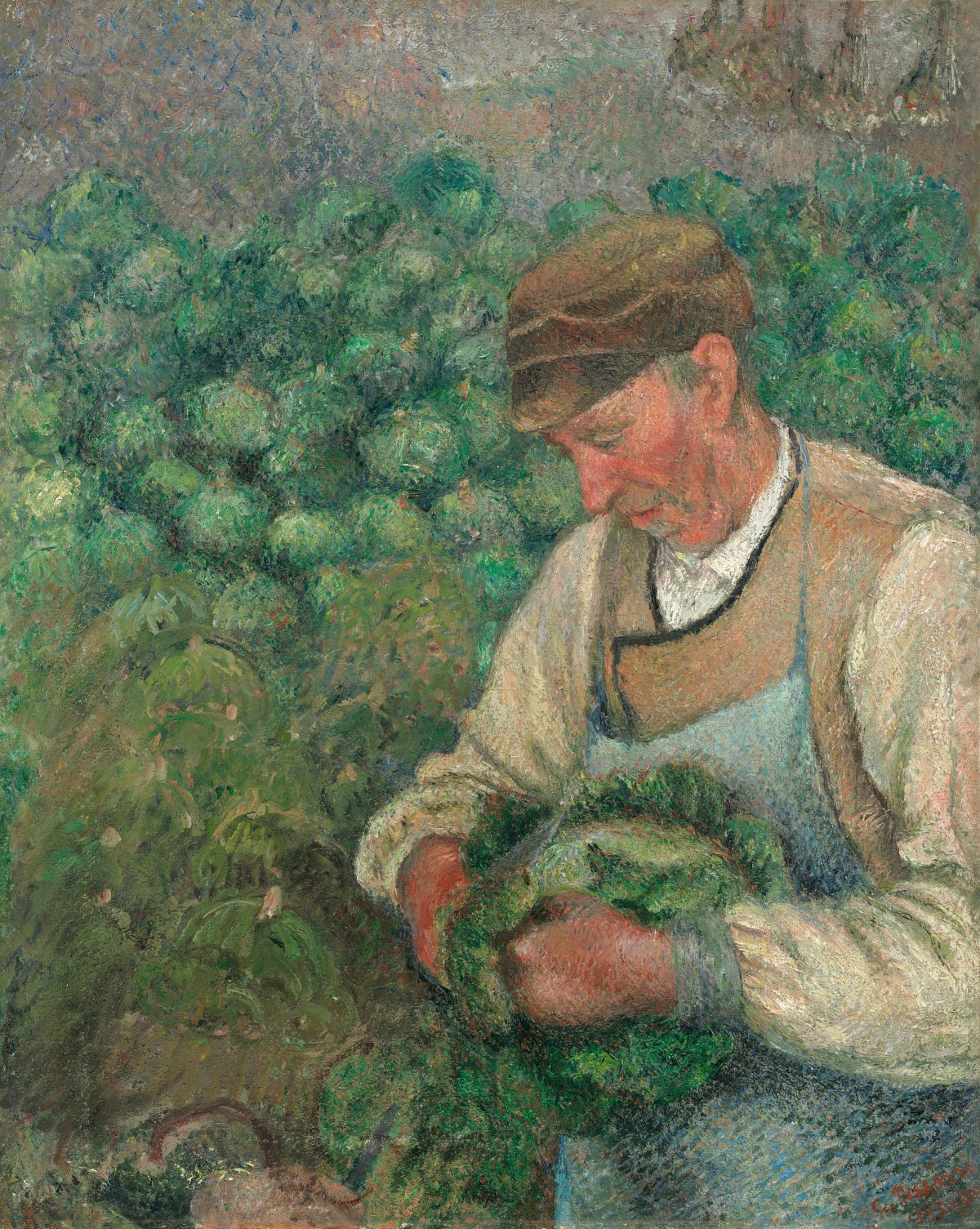Farm to Table: Art, Food, and Identity in the Age of Impressionism explores the intersections of art, gastronomy, and national identity in late 19th-century France. Beginning with the 1870 Prussian siege of Paris and the resultant food crisis and continuing through the 1890s, Farm to Table showcases the work of artists such as Rosa Bonheur, Gustave Courbet, Paul Gauguin, Claude Monet, and Camille Pissarro, who captured the nation’s unique relationship with food, from production to preparation and consumption.
Featuring approximately 50 paintings and sculptures, the exhibition’s portrayals of farmers in fields and gardens, bustling urban markets, and chefs and diners in the age of grand banquets and a burgeoning café scene underscores connections between urban and rural life while capturing changing notions of gender, labor, and class.
This exhibition is presented in conjunction with Tennessee Harvest: 1870s–1920s.
Farm to Table: Art, Food, and Identity in the Age of Impressionism is organized by the American Federation of Arts and the Chrysler Museum of Art. The exhibition is generously supported by Martha MacMillan and Monique Schoen Warshaw. Additional support has been provided by Betsy S. Barbanell, Lee White Galvis, Allan Green, Clare E. McKeon and the Clare McKeon Charitable Fund, Betsy Pinover Schiff, the Gladys Krieble Delmas Foundation, the Dr. Lee MacCormick Edwards Charitable Foundation, and the Julia Child Foundation for Gastronomy and the Culinary Arts. This project is supported in part by the National Endowment for the Arts.
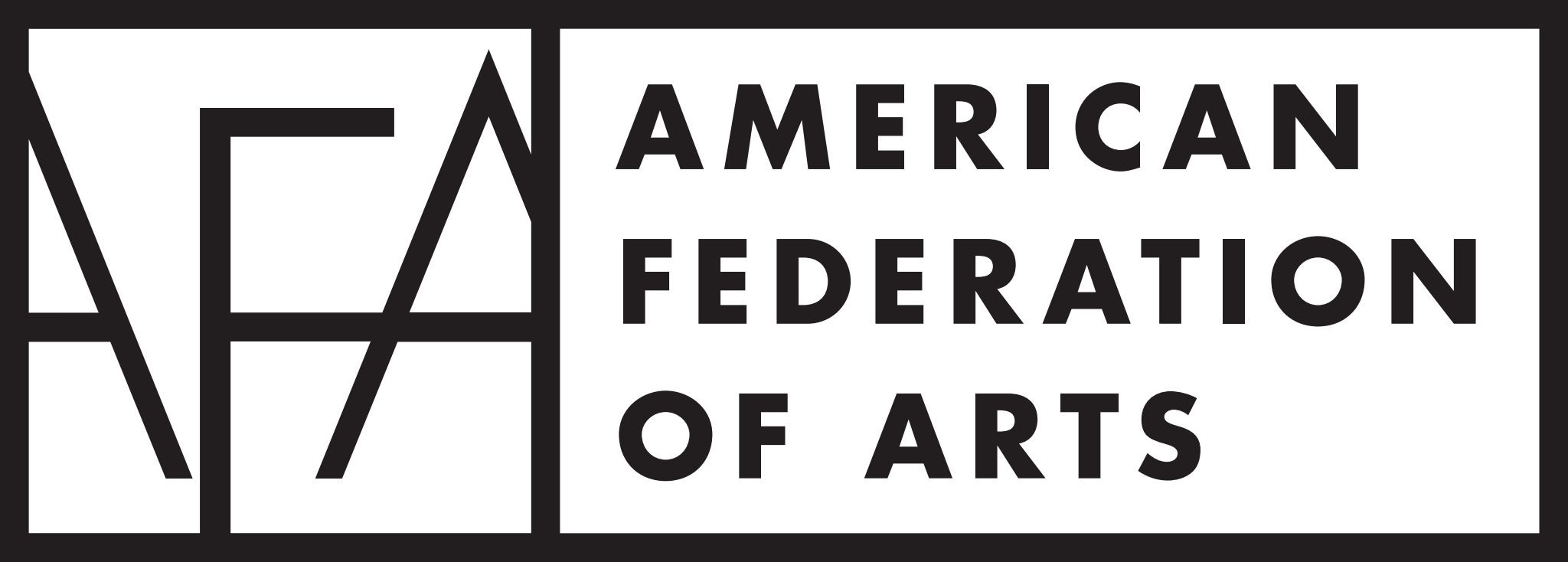
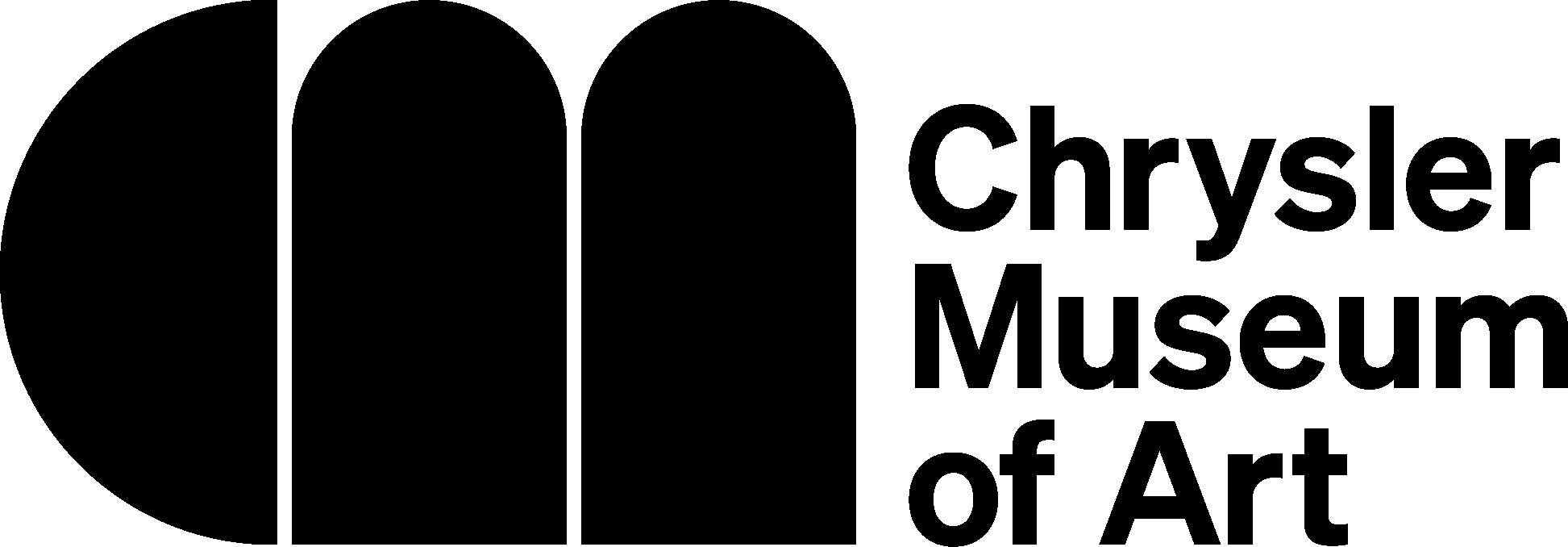

Exhibition gallery
Exhibition supporters


The Frist Art Museum is supported in part by



